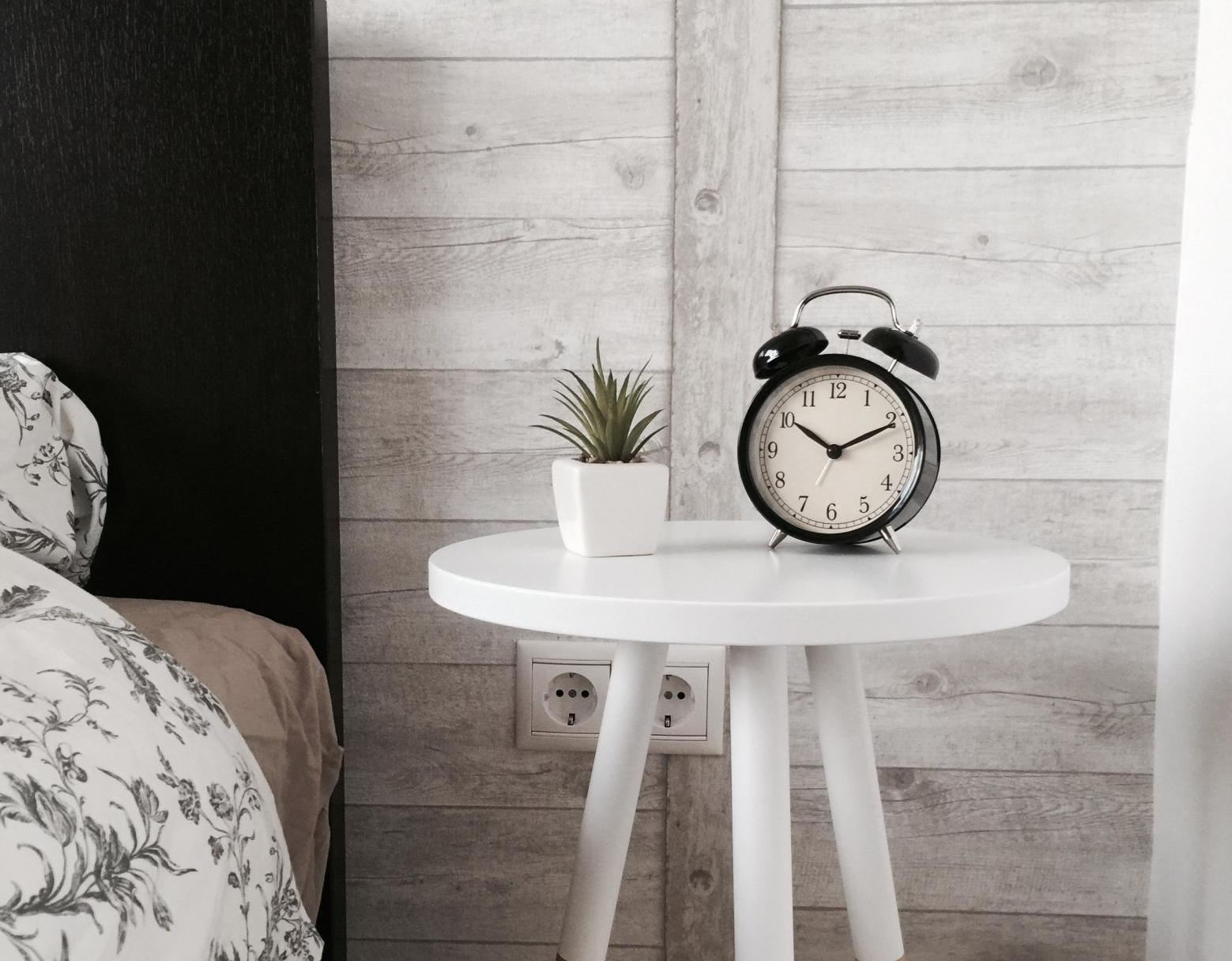How To Adjust Your Sleep With The Change Of The Seasons

Reshot/Jordan Vanderzalm
Once Daylight Saving Time comes and goes, you find yourself in the throes of the change of the seasons… and not always for the better. Sure, there’s a certain kind of beauty to quiet winter days and skies blanketed with a soft gray, but those cues can leave you robbed of your natural energy and confused about when it’s actually time to go to sleep (because you could literally nap at any time). Instead of falling into a perpetual fog this winter, use these tips to adjust your sleep and your daily routine as the seasons shift. You’ll feel more like you in no time.
Move your bedtime in 15-minute increments.
If you have the urge to start going to sleep earlier in the evening and waking up slightly later in the morning, that’s perfectly fine. Hell, most of us definitely aren’t getting eight hours of sleep each night as it is, so a little extension on either side will probably benefit your health. Just make sure you do so gradually, widening the window by no more than 15 minutes at a time. This slow method will give your natural circadian rhythm ample time to adjust without leaving you feeling dazed and confused when you do wake up.

Unsplash/Benjamin Voros
Avoid the snooze button.
As compelled as you are to delay that alarm until the sun finally rises outside your window, resist the urge and get up when that first set of chimes sounds. Pressing the snooze button disrupts your natural sleep cycle even more and leaves you feeling seriously groggy all morning long. Instead, take a few extra minutes to climb out of bed, move through a handful of stretches and take a moment to think about something you’re looking forward to that day. It makes getting started that much easier.
Get as much sunlight as you can in the morning.
Sun exposure is one of the toughest things to come by as we shift gears into winter, but it’s also one of the most important factors when it comes to keeping your circadian rhythm in its natural groove. From a morning jog to a brief walk to the local coffee shop for your first caffeine dose of the day, find a way to soak up some rays earlier on in the day. And don’t forget your SPF!

Unsplash/Guilherme Stecanella
Go for a mid-afternoon walk.
When the seasons change, that 2 p.m. slump can hit you extra hard. So when you feel the drowsiness setting in, get up and move around. In the winter months, we take working lunches so we can enjoy a mid-afternoon stroll around the block instead. It helps to boost your energy, improve your focus and increase your productivity for the rest of the afternoon.
Drink an extra glass (or two) of water when you get home.
You might not realize it, but the cold, dry air can be mighty dehydrating, and one of the primary symptoms of dehydration is lethargy. Keep an extra glass of water on your desk at work as a reminder to drink up, and make downing a full glass of water the first thing you do when you walk in the door at the end the day. That hydration boost will also help you gauge just how hungry you are for dinner, preventing potential overeating (because we often confuse hydration for hunger, too).

Unsplash/Toa Heftiba
Cut yourself a little slack.
Cold, dark winter days are tough and we all know it. So when you’ve just about had it with the fact that the sun is setting at 4 p.m. and you’re drained of all energy, give yourself permission to feel how you feel. Maybe even enjoy dessert for dinner and crawl into bed with a great book… even if it is only 8:30 p.m. A little hibernation never hurt anyone.
Sign up for Daily Fit by Swirled, our newsletter featuring a wellness tip of the day and must-read health news from around the web! You’ll be one step closer to living a healthy, balanced life.
RELATED
6 Intentionally Boring Podcasts That Help You Fall Asleep Fast
Science Says That ‘Sleeping On It’ Actually Works
Why More Sleep Isn’t Always Better











